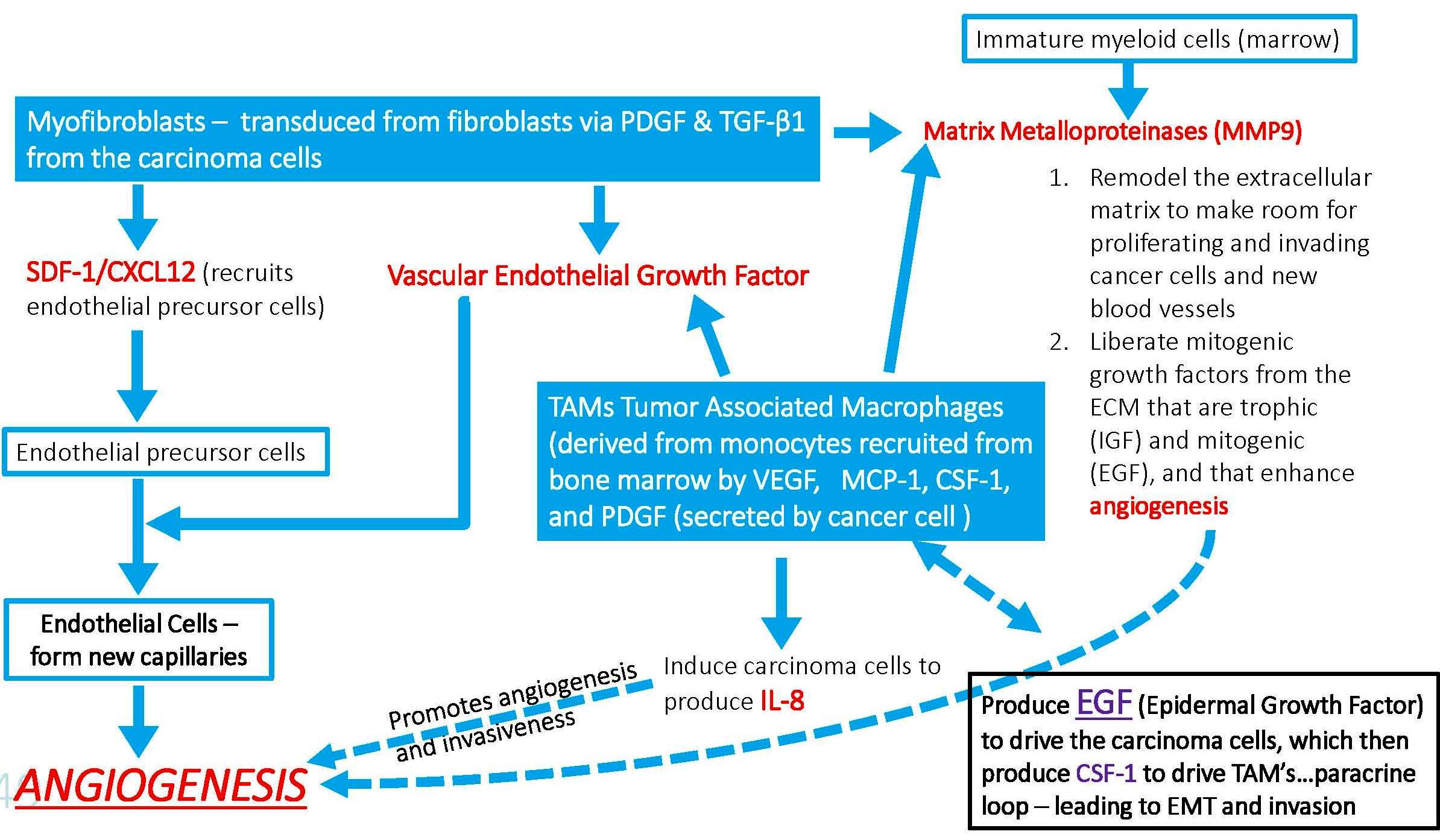A Phase III study in patients with chemo-refractory colorectal cancer with wild-type K-ras genotype demonstrated that Amgen’s Vectibix (panitumumab) improved overall survival compared to best supportive therapy, alone. A total of 377 patients were randomized to receive best supportive care with or without intravenous infusions of Vectibix every 14 days. Full results of the study will be presented at a future medical meeting and submitted for publication. Continue reading


